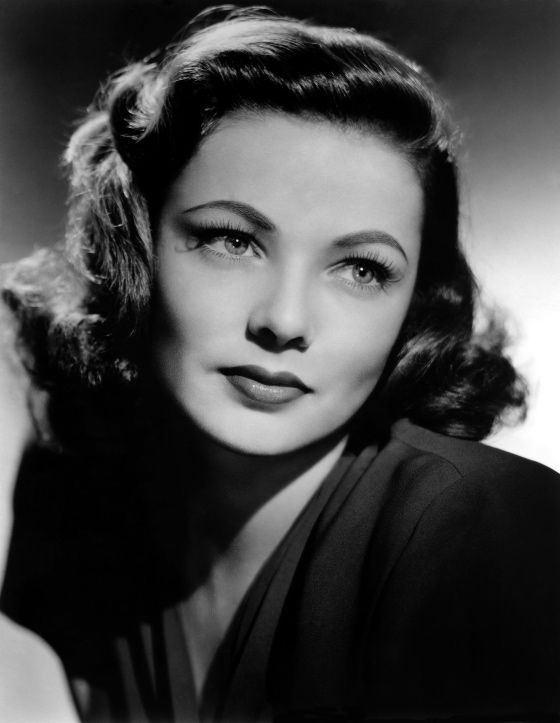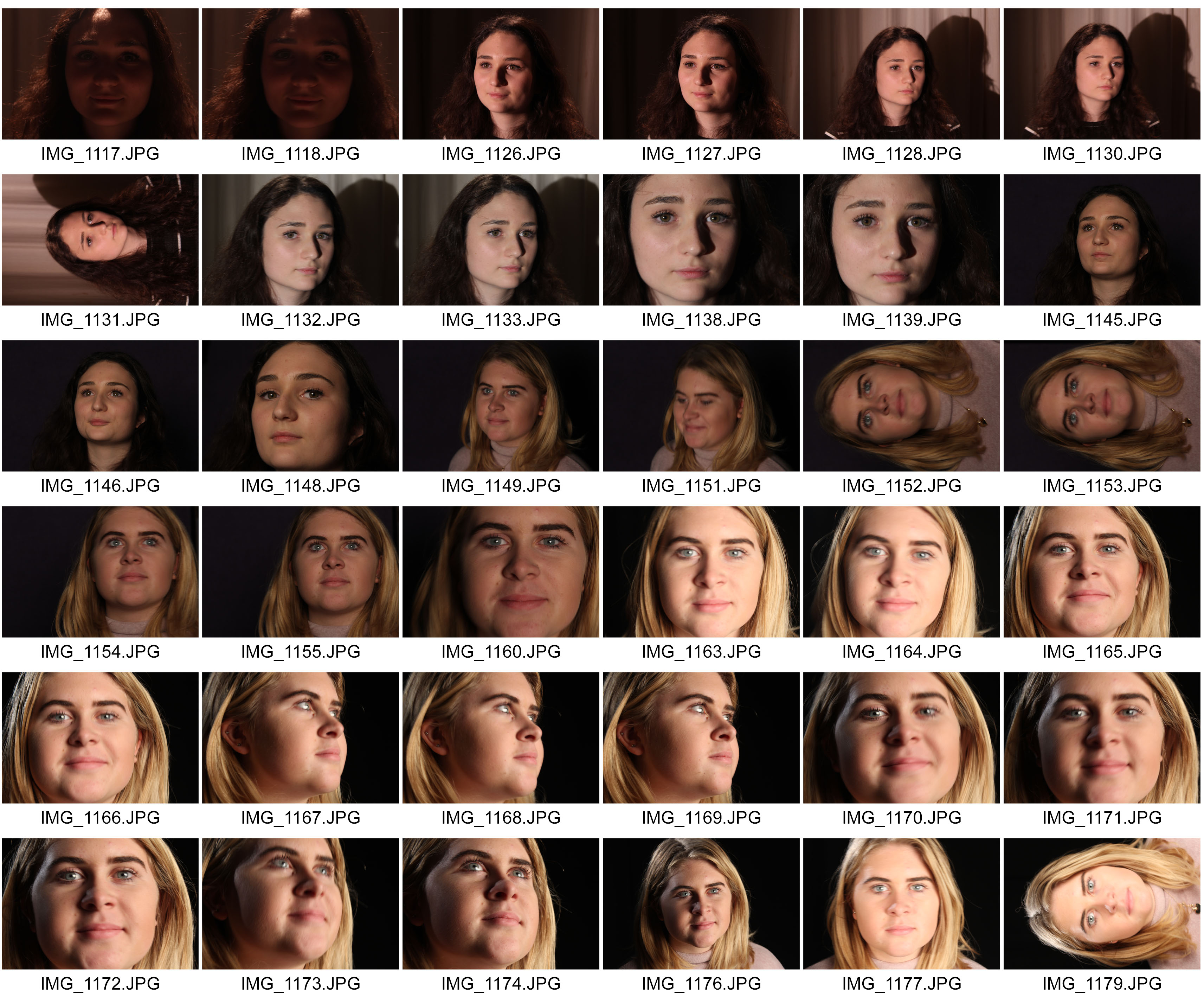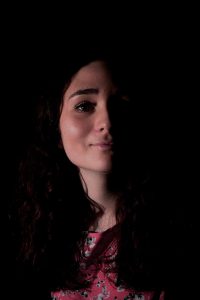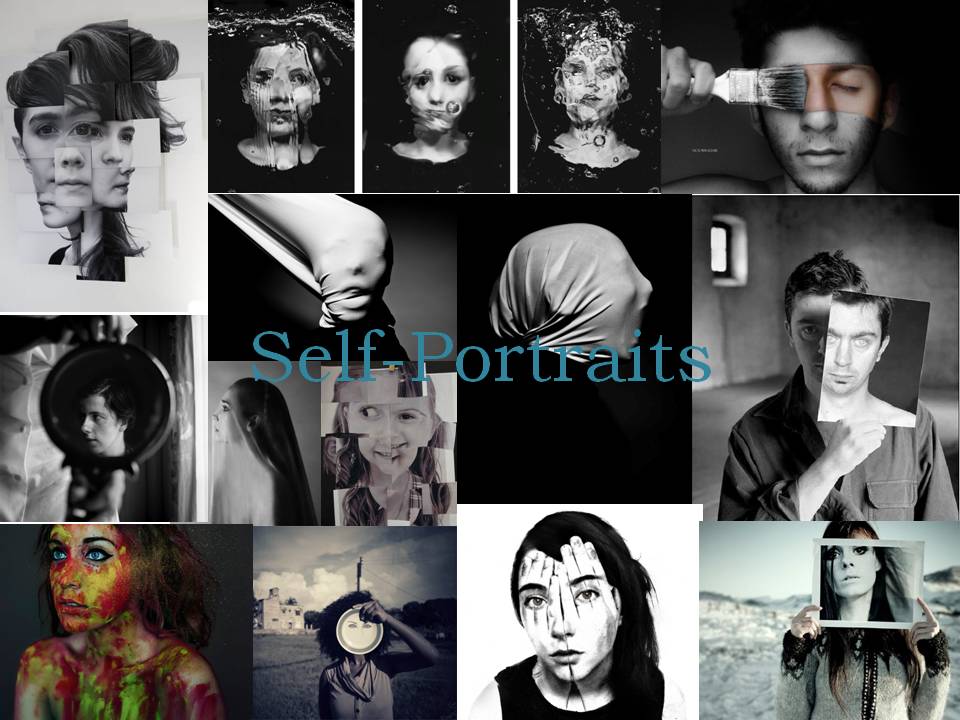
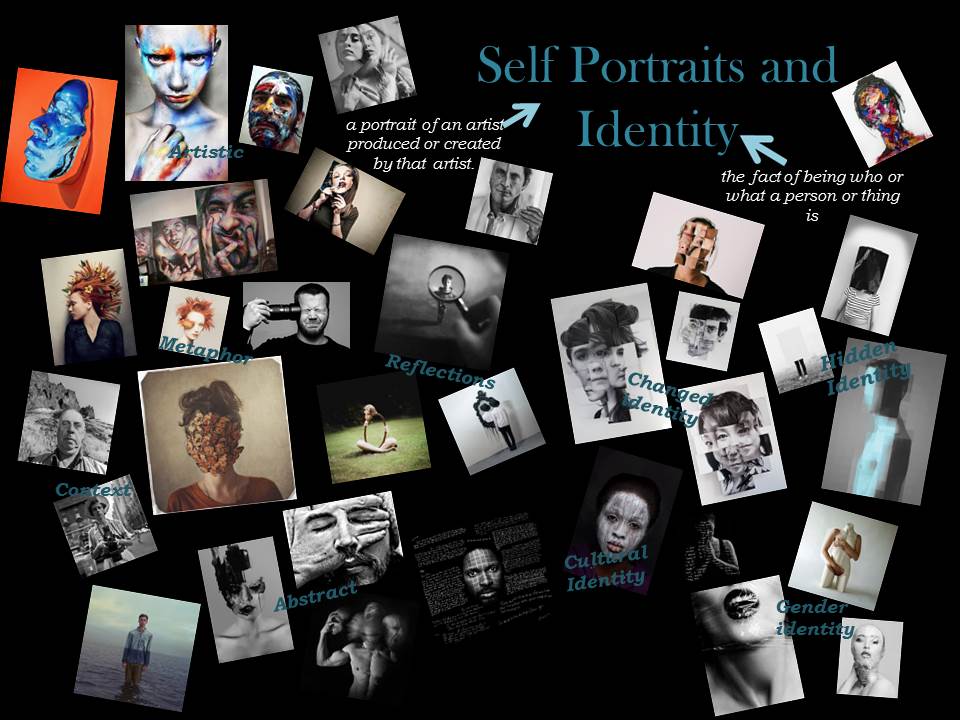

All posts by Anna Houiellebecq
Filters
Double Exposure Experiments
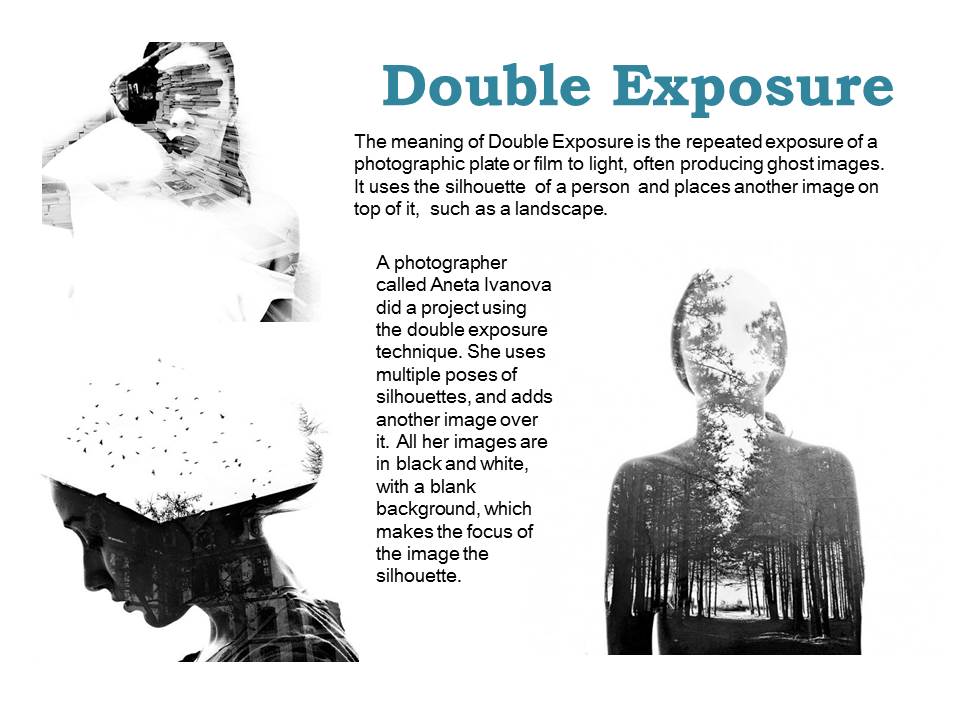
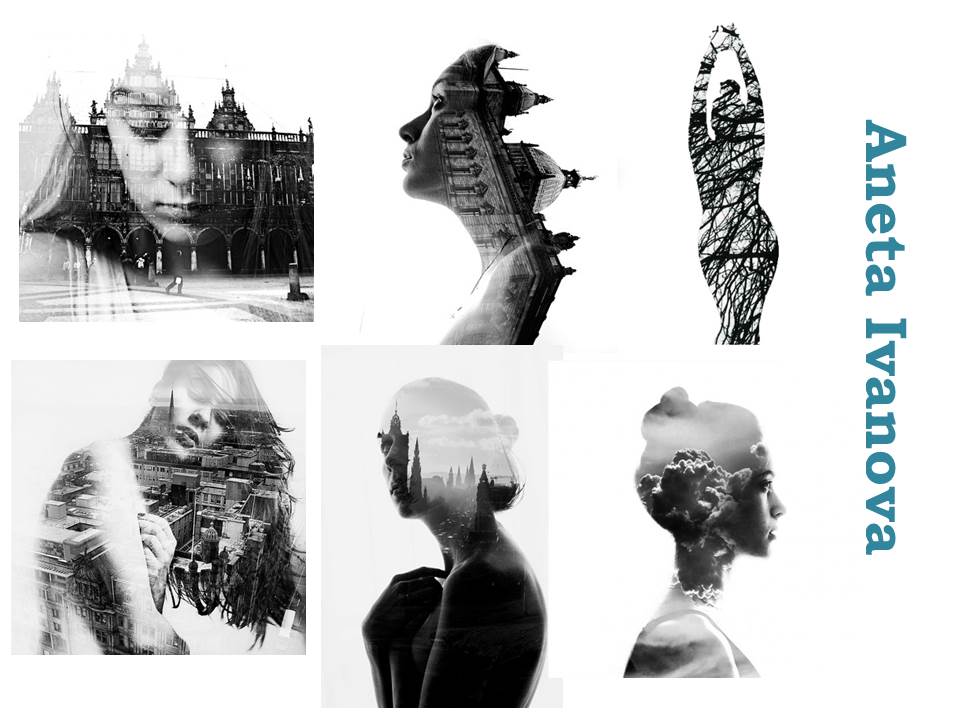
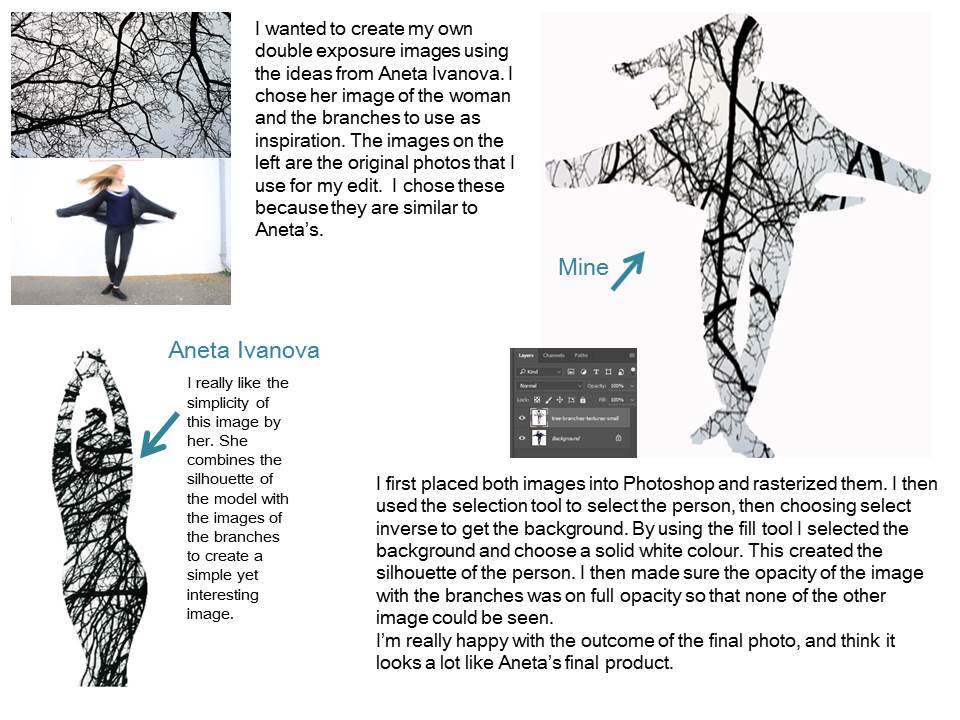

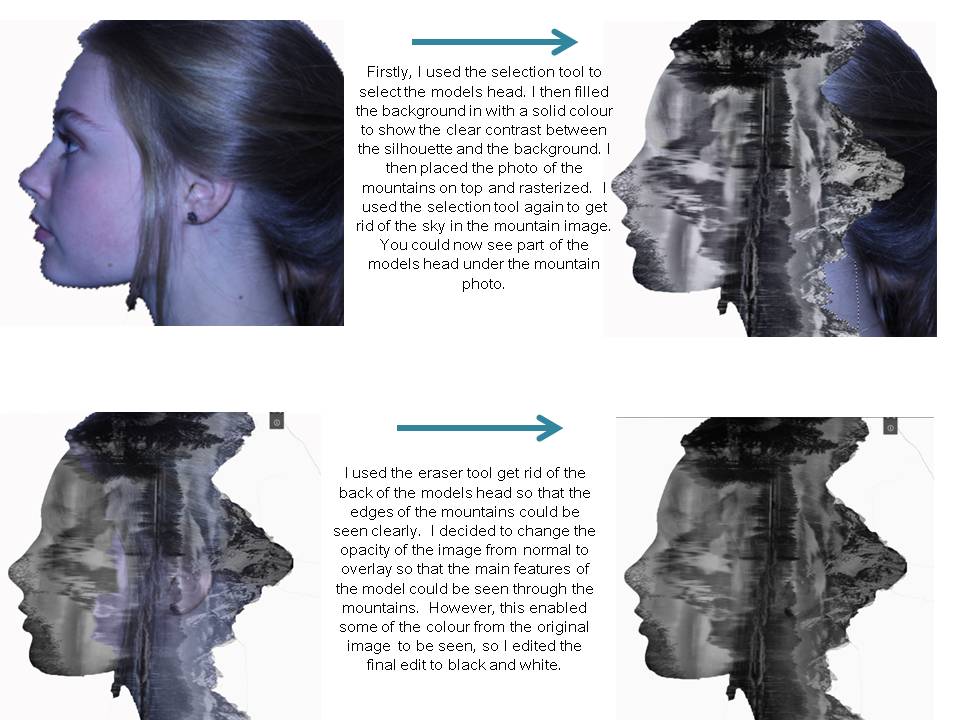
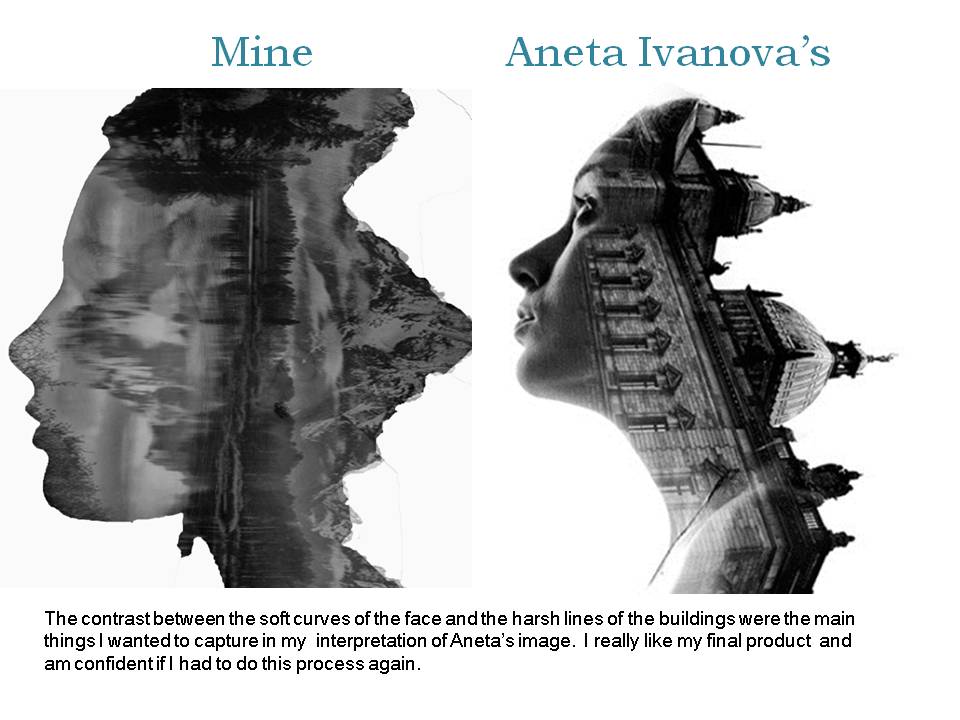
Edits using Texture


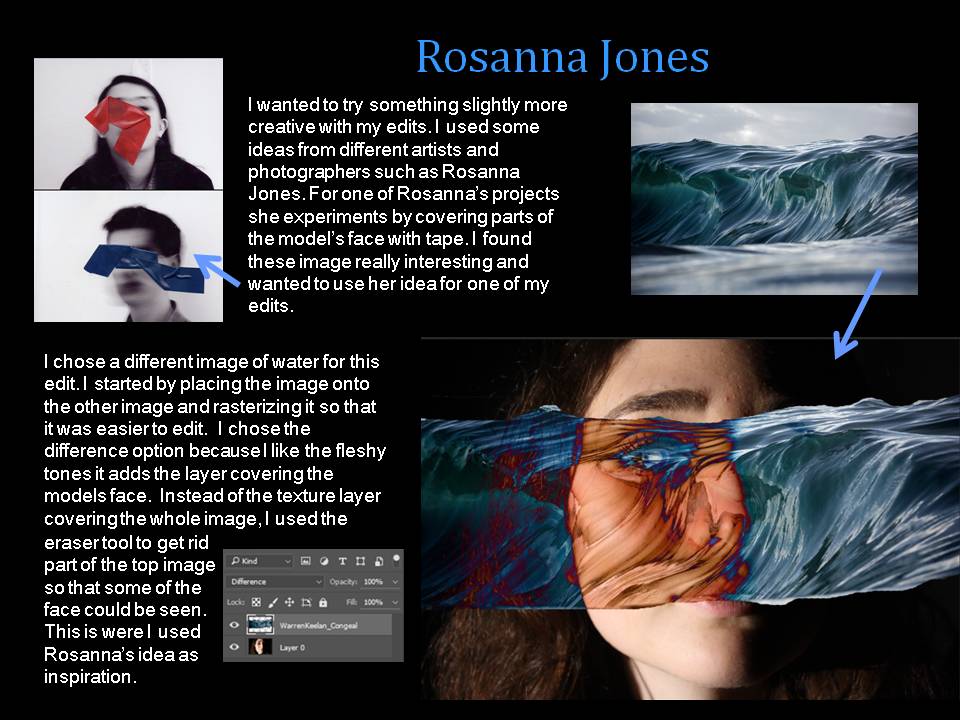

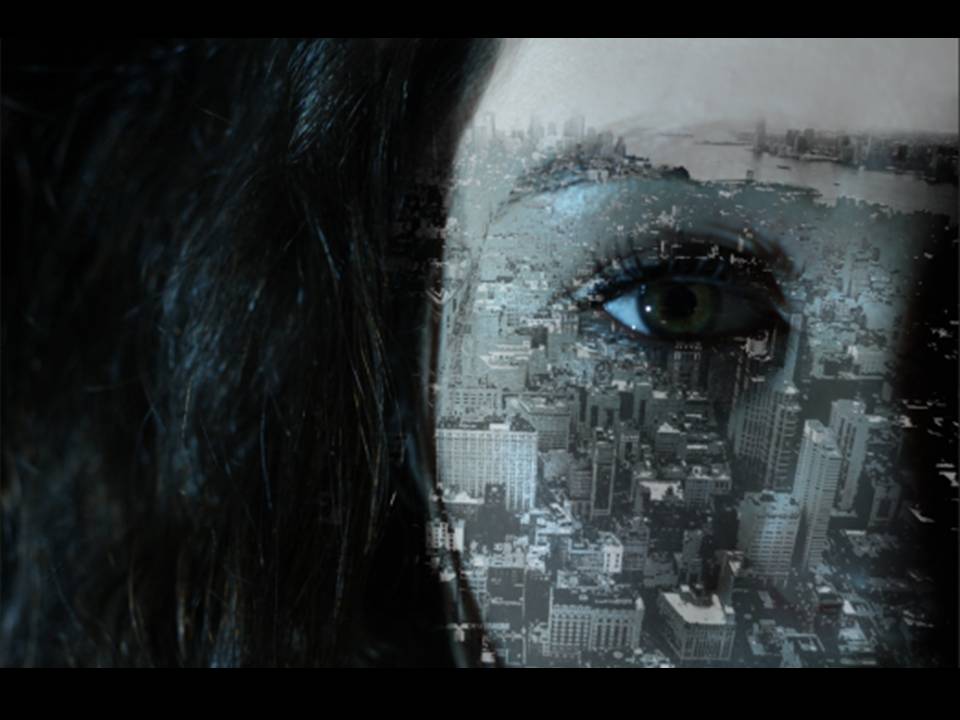
Solid Colour Edits
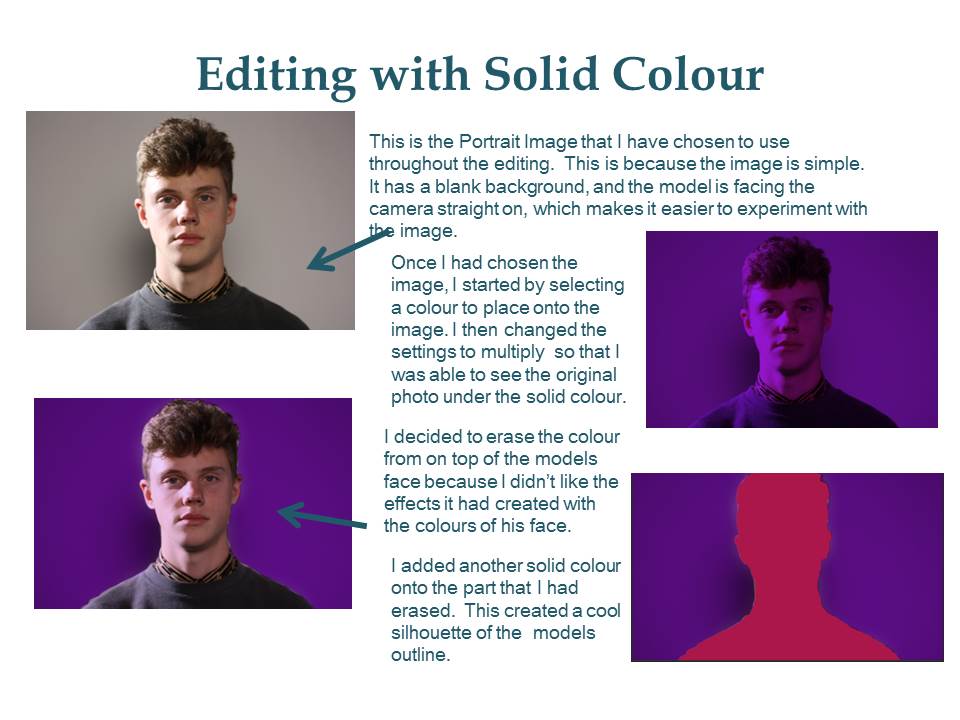



Butterfly lighting
Butterfly lighting is also known as Paramount lighting. It became a well Known technique used in Hollywood in the 1930’s. This lighting is characterized by the butterfly-shaped shadow that it casts below the nose. It is produced by placing the light source above the face and in line with the direction in which the face is pointing.
Here is an example of Butterfly Lighting. You can see the Butterfly shaped shadow just bellow the nose.
Loop Lighting
Loop lighting, which is named for the loop-shaped shadow that it creates under the nose, is the most frequently-used pattern. It is considered to be a relatively flattering and adaptable pattern that lights most of the face while imparting a sense of depth.
In loop lighting, we want a slightly downward angled shadow so we raise the light slightly above eye level. We want the end of the nose to cast a rounded–looped–shadow down from the nose to around the corner of the mouth or even a bit shorter.
Here is an example of Loop Lighting. You can see the small Loop shaped shadow produced under the nose.The shadow goes off to the side; it is not directly under the nose. The area between the upper lip and the nose remains light. It creates a three dimensional feel to the image.
Three point lighting
The Three Point Lighting Technique is a standard method used in visual media such as video, film, still photography and computer-generated imagery. The technique uses three lights called the key light, fill light and back light. The main principles of the technique are still doable whilst using two or even one light source.
The Key Light is the main light. It is usually the strongest and has the most influence on the look of the scene. It is placed to one side of the camera/subject so that this side is well lit and the other side has some shadow.
The Fill Light is the secondary light and is placed on the opposite side of the key light. It is used to fill the shadows created by the key. The fill will usually be softer and less bright than the key. To achieve this, you could move the light further away. You might also want to set the fill light to more of a flood than the key.
The Back Light is placed behind the subject and lights it from the rear. Rather than providing direct lighting (like the key and fill), its purpose is to provide definition and subtle highlights around the subject’s outlines. This helps separate the subject from the background and provide a three-dimensional look.
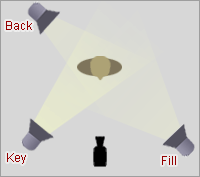
We did our own photo shoot using the three point lighting technique. For the Light sources we used continuous lighting as it was easier to position the lights in the right places. The set up of our shoot was very slimier to the image above. Our model was placed in the center of all the lights to begin with. We had our Key light facing the right side of the models face. Our fill light was facing the opposite side, with the back light coming from directly behind the model.
My camera settings throughout the whole shoot was set on 1/80 shutter speed. The ISO was on 100, the f/ was on 5.6 and the white balance was on tungsten. Here is the Contact Sheet for the photo shoot.
During the shoot we experimented with the lighting by changing the brightness and gradually changing the position of each light source. For the first couple of images, we only had the Back Light on to see what effects we could create.
This is one of the edited versions of the image created by only having the back light on. The light is coming from behind the model, so her face is not illuminated properly. The contrast between the light and the shadow is poor, and there is no definition of her features. We decided to add the Key Light as well as the Back Light to see how this would improve the quality of the image.

Here is the image taken when using the Back Light and the Key Light. The models face is illuminated much better, and there is a greater definition of her features. There is a clear difference between the dark and the light, and we are still capable of see the mode’ls portfolio as Back Light is illuminating the back if her head. However, the Key Light is creating shadows on the Left side of the model’s face, and to eliminate that we need the Fill light.
Here is an image taken using all three Light Sources. The Model is clearly separate from the background because the Back Light has highlighted the model’s back to create more depth. The features of the model are highlighted on both sides of her face because the Key Light and the Fill are both being used, and therefore shadows that would be created by the Key Light, are being diffused by the Fill Light.
Overall, I think the image that was taken with all Three Light Sources was the best outcome, and now that I have experiment with different ways of using the three point light technique, I will be able to use it in future shoots.
Hard and Soft Light
Soft light is when a light source is large compared to the subject, hard light is when the light source is small relative to the subject. This depends mostly on the following factor: Distance. The closer the light source, the softer it becomes.
Hard Light – “Hard light sources cast shadows whose appearance of the shadow depends on the lighting instrument. That is, the shadows produced will have ‘harder’ edges with less transition between illumination and shadow.” An example of a Hard Light would be a spot light or a direct flash.
Hard light is light without diffusion. This makes it a smaller light source. A small light source will create a harder light. When you photograph in a hard light situation you are going to have strong shadows. Which can be good for some photos, but bad for others.
For our Shoot using Hard Light to create shadows, we used a continuous spot light. We also experimented with different colors by placing transparent sheets of red paper in front of the light source.


Here is my favorite image from the Hard Light Shoot. The Light that has not been diffused aloud’s strong clear Shadows to form around the features of her face. I like the clear contrast between the light and the dark. The black and white helps to improve the contrast.
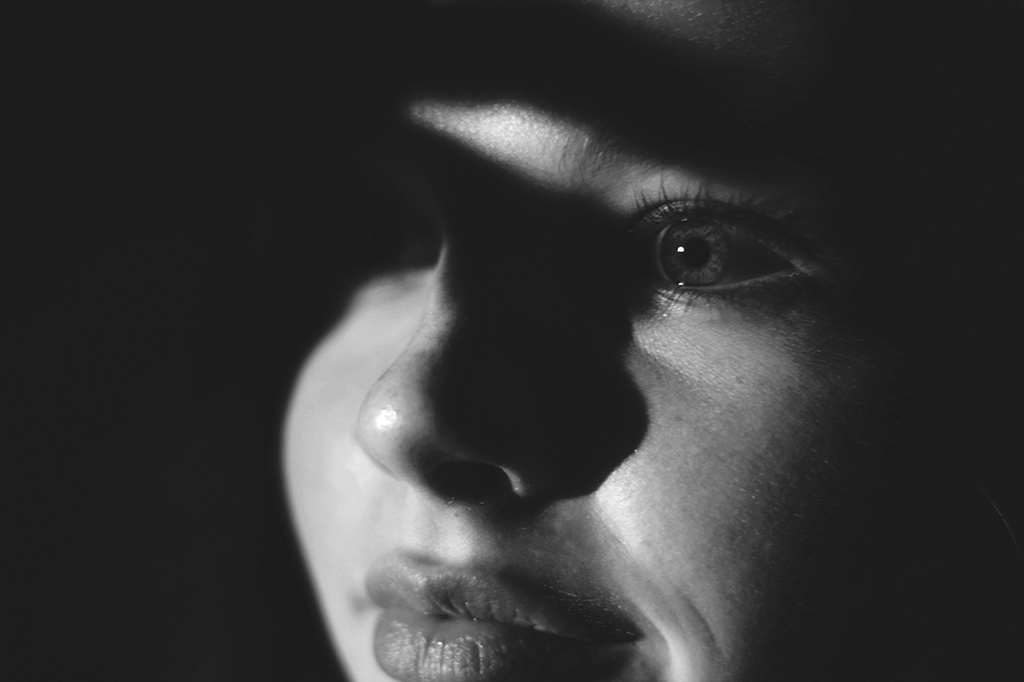
Soft Light- “Light that tends to “wrap” around objects, casting diffuse shadows with soft edges. Soft light is when a light source is large relative to the subject.” An example of Soft Light is a light with a shade or indirect light.
The key to soft light is the diffusion. Diffusing any light source with some type of white fabric that light can pass through will produce softer light. Diffusing the light source makes the light source larger and softer. The general rule for soft light is that the larger the light source is the softer it is.
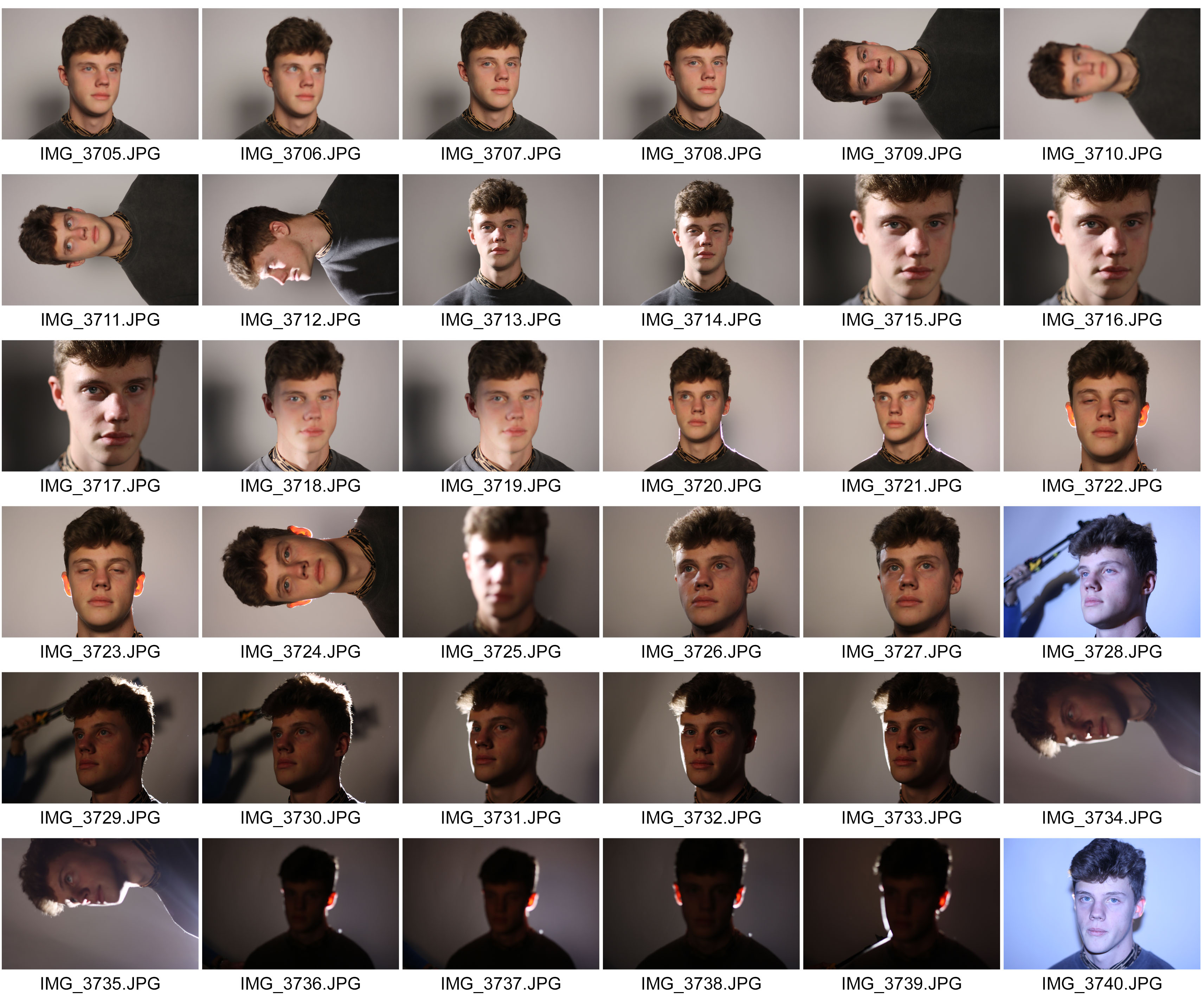
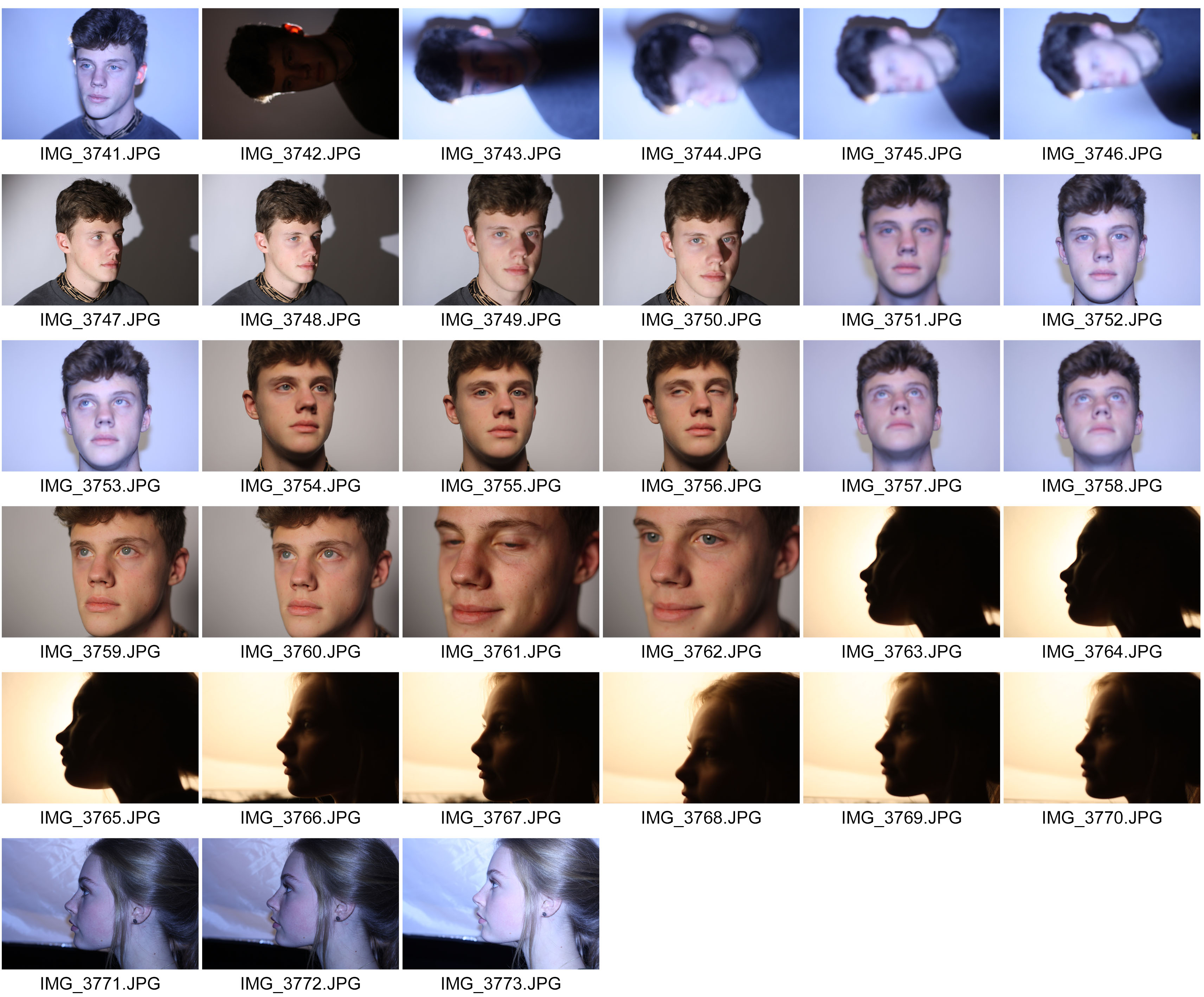
Here is my favorite image from the Soft Light Shoot. The Light has been diffused and therefore there are less shadows that have been produced. However there is still a slight shadow on the Left side of his face.

Edits of Chiaroscuro





Chiaroscuro Experimentation Shoot
Chiaroscuro is an Italian word, with the definition of Light and Dark. The meaning of Chiaroscuro is the treatment of light and shade in painting and photography. It started in the mid 17th century when artists such as Da Vinci started using the technique. In Art, Chiaroscuro, refers to the use of light and shadow to create the illusion of light from a specific source shining on the figures and objects in the painting.
In this photo shoot, our main focus was using the Chiaroscuro technique to create cool effects in the images. Throughout the whole Shoot I used the Manual focus setting on the camera. I also used an IOS of 100, and a shutter speed of 1/80. At the beginning of the shoot I had my white balance on White light, however near the end of the shoot I changed my White balance to Fluorescent to get a different effect.
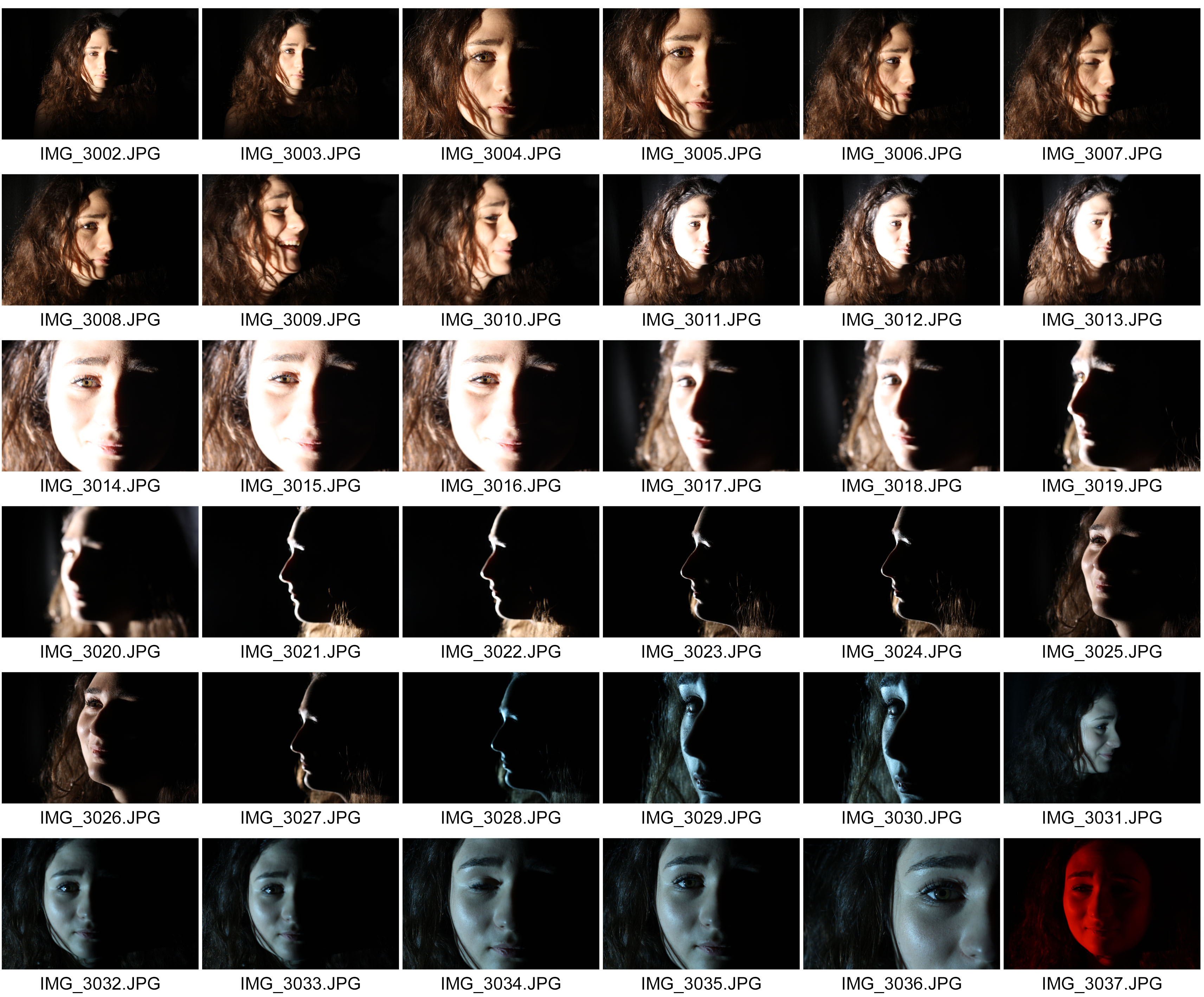
During the Shoot we started experimenting with different colors. We covered the light source with colored paper to see what dramatic effects we could create on the models face. They turned at quite well, and my favorite shots were the close up ones of the model.

During the last bit of the shoot, I changed my White Balance to Fluorescent. This captured some really good images. Changing the White Balance caused the white light to become more yellow in the photos. This gave me a chance to experiment more with the Chiaroscuro effect.
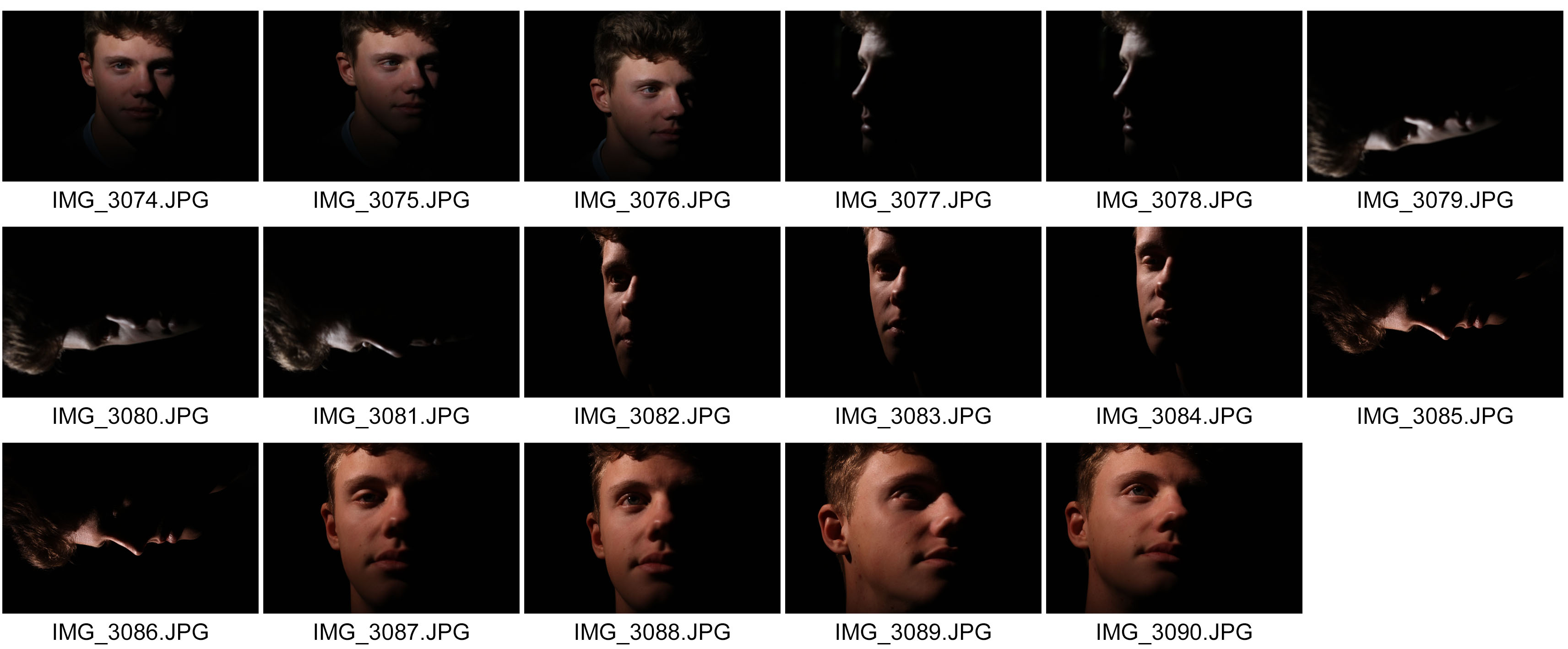
Split Half Lighting
With split lighting, half of the face is lighted and the other half is in shadow. It is produced by placing the lighting source to the right or left of the direction in which the subject is facing, with the light at or slightly above face level.
Here is an example of Split Half Lighting, and here is my image.

